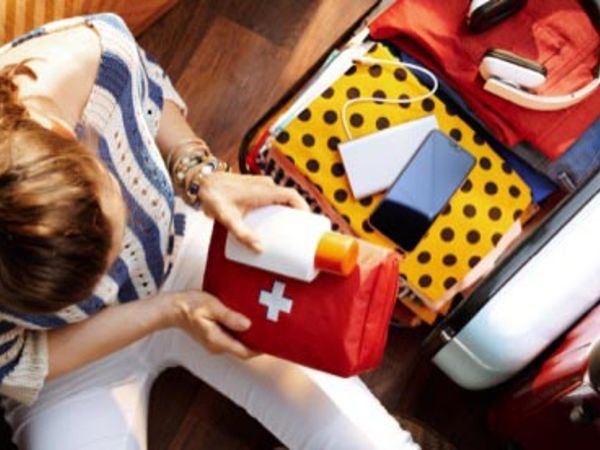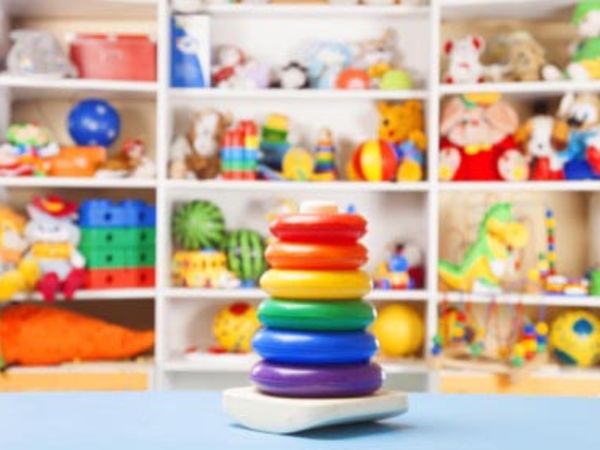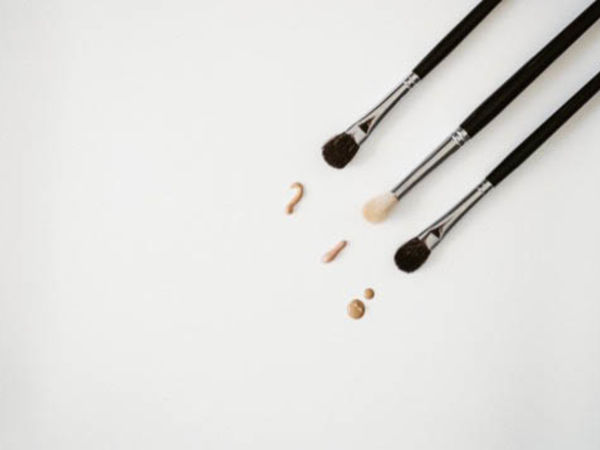By continuing to use this site, you agree to our use of cookies.
The Unpacking Order: Where To Start First
Aug 12, 2021
How to unpack after moving
It’s pretty common to put a lot of time and thought into packing for a move. However, unpacking can be just as important. Many people end up with boxes sitting around for months (or even years) without a plan. To avoid that, you need to figure out how you want to unpack. We’ve got three different unpacking plans so you can find the one that best meets your needs.

How long should it take to unpack a house?
The unpacking time depends on many factors: how big the house is, how much help you have, how much time you can devote to unpacking in one sitting, and your tolerance for clutter. It’s entirely possible to get fully unpacked over 1-2 days if you have enough help. However, most people take several weeks to get everything fully put away. A study by Duck Brand tape found that on average, it takes 182 days to unpack — that’s just over six months. So don’t feel pressured to complete the process over a weekend (unless you have to).
The best way to unpack a house depends on your goals
There’s no one best way to unpack after a move. Instead, how you should tackle it depends on your goals, like how fast you want to get settled or if you want to get organized. We’ve found three main unpacking styles: going room by room, unpacking fast, or organizing as you go.
Unpacking room by room
If you want to take your time setting up after a move, the best plan is to go room by room. Of course, you’ll need to set up the essentials first, and we’ll outline those below. But going in a planned order around your house is the best way to go if you don’t have the stamina for a marathon unpacking weekend or if you can take your time getting settled.
- Start with the essentials: Ideally, you packed an essential box that you can unpack first. If not, start by cleaning, setting up your beds (or at least somewhere to sleep, like an air mattress or sleeping bag), putting basic toiletries in the bathroom and paper products in the kitchen. You might also want one TV or your computer set up for some end-of-day entertainment.
- Then unpack:
- Bathroom: Put towels in your linen closets, find your medicine and first aid items, and put down any rugs.
- Bedroom: Open any bedroom boxes to set up your bedside tables, bookshelves, and dressers.
- Kitchen: This room can take a while, so give yourself time here to put away all dishes, pots and pans, utensils and small appliances. Don’t forget about your spices and pantry items, too!
- Closets: Carefully hang up clothing, then put away shoes and accessories.
- Entertainment: Electronics can be tedious to hook up, so save these until most other extensive areas are done.
- Extra spaces: The last big rooms to tackle are additional spaces, like the office, guest bedrooms or garage. If you have multiple rooms like this, set one up at a time.
- Artwork and décor: Once all the boxes are put away, and you’re sure you like the furniture placement, you can hang artwork and set out any decorative items. You can also start any DIY projects to improve the space once you get to this step.
Fast unpacking
If you want the clutter gone as quickly as possible, there are two things you need: a plan and lots of help. Hopefully, you packed smart, keeping similar items in boxes together (like all the bedding in the same box). If you haven’t packed yet, use our packing tips to set yourself up for success. As far as help goes, have as many family and friends ready to assist you, ideally someone in each room. To get unpacked fast:
- Start with the furniture. Since furniture is bulky and requires help setting up, get those pieces put in place first so you aren’t constantly pulling people from their unpacking tasks to move heavy items.
- Put boxes in their appropriate areas. Ideally, you’ll get everything where it needs to go so you can avoid crisscrossing the house and can instead focus on a single room.
- Set a rule: If you touch it, you put it away. Don’t waste time moving things around multiple times (like taking it out of the box onto a table, then putting it away).
- Handle trash and recyclables as you go. When a box is empty, throw away any trash, place the packing paper in a bag to recycle and tear down the boxes so you can stack them up. Not only does this give you more space, it helps you visualize how much work you’ve done.
- When you finish your area, go to the next biggest room. Your strategy here is an unpacking snowball: start with minor areas so you can feel accomplished that something is completed. Then move through the house. If you save the monstrous kitchen for the end, you can have all hands on deck to help you unpack it fast.
Organizing as you go
If your goal is to organize your new house after moving in, then it makes sense to unpack with that in mind. The only downside is that if your family isn’t as great at organizing, you may end up doing most of the work yourself. But that may be worth it to have everything in its place. To get organized after you move in:
- Start with a plan. There are many potential areas to organize: closets, shelves and storage areas. Before you ever open a box, have a plan in place. You might want to get inspiration online or from magazines. If you need any organizational products, buy those before you get started.
- Communicate your plan to others. If you want others to help you, be clear about your plan. If you want a bookshelf organized by color (very popular thanks to the Netflix show The Home Edit), tell your helper, and even show them your inspiration. If you want your spice cabinet alphabetized, draw out whether you want things in order front to back or left to right, for example.
- Unpack in zones instead of rooms. If you’re trying to organize, think smaller. For example, instead of focusing on the entire bedroom, manage the bedside table then move on to the dresser. In the closet, don’t tackle it all at once. Think shoes, then jewelry, then hanging clothes, and so on.
- Make piles if you don’t know where things go yet. If you get to an item and you’re unsure what to do with it, place it in a predetermined spot. It’s better to set it aside and put it in the perfect spot later than have to find it and move it.
Which unpacking method sounds right for you?
We’re curious which unpacking order you’ll be following. Let us know how you plan to unpack, and then come back and tell us how long it took you. If you have any questions, leave a comment below. We’re here to help!
More articles you might like...



